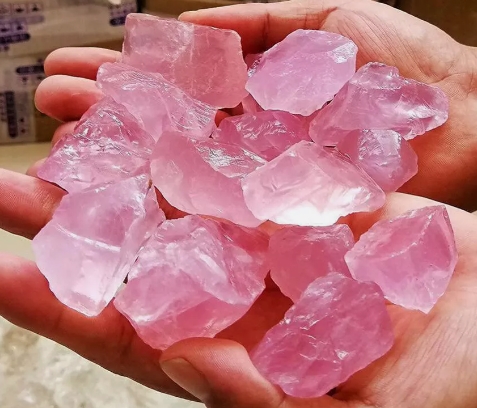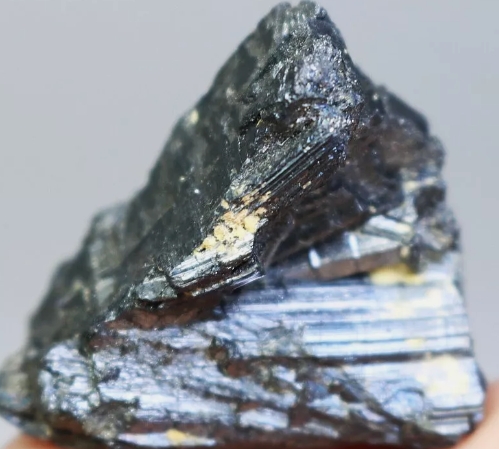Rock specimens are indispensable tools in Earth science research, they not only record the formation and evolution of the Earth, but also reveal information about ancient environmental and climate changes. These natural specimens are composed of rock layers, minerals and fossils that show the geological features of different periods of Earth's history. By studying rock samples, scientists can learn about Earth's tectonic activity, volcanic eruptions and other natural phenomena.
Rock specimens are generally divided into three categories: sedimentary, igneous, and metamorphic. Sedimentary rocks are formed mainly by the compaction of sediments, which records the sedimentary process of the paleoenvironment. Igneous rocks are formed by the cooling and solidification of molten magma, revealing the internal thermodynamic processes of the earth. Metamorphic rocks are transformed from other rocks under high temperature and pressure, reflecting the influence of crustal movement.
Rock specimens are not only of great significance to geological research, but also play an important role in mineral resource exploration and environmental protection. Through the systematic study of these specimens, scientists can better understand the evolution of the Earth, so as to provide scientific basis for sustainable development.




